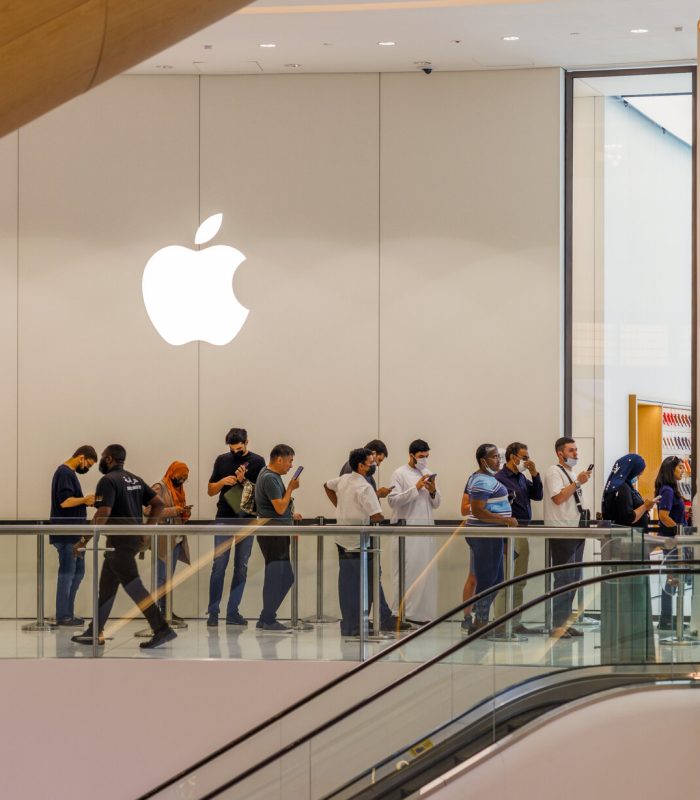There’s a persistent myth in marketing and branding that leadership is about speaking louder, standing taller, or saying something before anyone else does.
But the most effective brands in the world today aren’t those that talk the most.
They are the ones that listen the best.
Because in a culture of constant communication, listening is no longer a soft skill — it’s a strategic skill.
And for brands, it’s become one of the most powerful drivers of relevance, resonance, and resilience.

The Problem with Broadcasting-First Branding
For decades, marketing was built around broadcasting:
Craft the message. Push it out. Repeat.
Even today, many brands still default to one-way messaging — running campaigns without real feedback loops, launching products before observing unmet needs, and reacting to trends they don’t fully understand.
This model might create noise. But it doesn’t create a connection.
And in a landscape where consumers expect dialogue, transparency, and emotional intelligence, brands that don’t listen risk becoming irrelevant — no matter how visible they are.
Listening is Not Monitoring
Let’s be clear: social media monitoring is not listening.
Tracking mentions and engagement metrics can tell you what’s being said — but not what’s being felt, missed, or misunderstood.
True brand listening means understanding:
- What people expect but don’t say
- What your audience feels, not just what they post
- How market behavior shifts beneath the surface of data
- Where cultural tensions, aspirations, or anxieties are forming
It’s about reading between the lines, not just counting them.
Why Listening Builds Brand Leadership
1. It Drives Relevance
The brands that feel closest to people are often the ones that heard them first — before launching, before posting, before selling.
2. It Informs Innovation
Real innovation is rarely the result of brainstorming in isolation. It’s the outcome of listening to unmet or underserved needs.
3. It Shapes Tone and Timing
Great brand tone isn’t about sounding clever. It’s about being appropriate — emotionally, culturally, and contextually.
Listening helps brands know not just what to say, but when to say nothing at all.
4. It Builds Respect
Listening signals humility, attentiveness, and care. These are rare qualities — and when embodied authentically, they foster deep emotional loyalty.
Brands Don’t Just Need Feedback — They Need Fluency
Listening at scale is only meaningful when brands know how to interpret what they hear.
That means combining:
- Quantitative listening: Social trends, search behavior, surveys
- Qualitative listening: DMs, comments, reviews, creator language
- Cultural listening: Norm shifts, generational nuance, local sensitivities
- Organizational listening: Frontline employees, sales teams, service centers
The best brand builders today aren’t just strategists or creatives — they’re cultural interpreters.
They decode signals, surface meaning, and bring customer insight into every room where decisions are made.
How Listening Translates to Action
Listening isn’t passive.
Once you hear the signal, the question is: what will you do with it?
Listening can lead to:
- Messaging pivots that feel more human
- New formats or platforms where your audience actually is
- Product tweaks or launches based on emerging desires
- Real-time shifts in language or visual codes to avoid cultural backlash
It’s not about being reactive. It’s about being tuned in — and showing your audience that they’re not just being marketed to, but understood.
Final Thought: To Lead the Conversation, First Join It
The brands that will thrive in the next era won’t just be bold. They’ll be attentive.
They’ll treat listening not as a research phase, but as an always-on mindset.
They’ll build systems to hear better, frameworks to act faster, and cultures where feedback is fuel, not friction.
In a noisy world, listening is a form of respect.
And in branding, respect is the beginning of trust.
And trust — as we’ve seen — is the beginning of everything.





